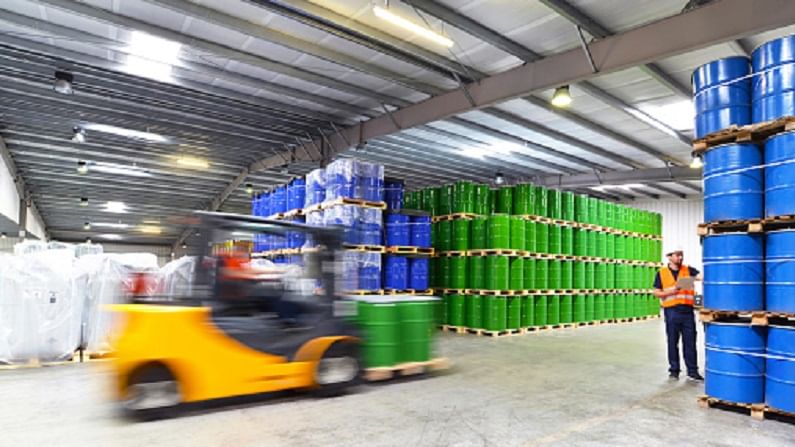Why high oil prices are no more as problematic as they were in 1970
Alternative energy sources, a surge in less energy-intensive service industries and more energy-efficient vehicles make us less dependent on oil

Despite all of the anxiety generated by this year’s 6% increase in oil prices, fear of a return to 1970s-style stagflation is looking exaggerated, as the developed world, at least, can probably take much more expensive petroleum without too much difficulty, reported The Economic Times.
Alternative energy sources, a surge in less energy-intensive service industries, as well as more energy-efficient vehicles, gadgets, and power plants, have all changed oil demand since the 1970s, and ever since 2008 when oil futures were near $150.
The news report quoted Columbia University’s Center for Global Energy Policy as saying that oil intensity (the amount of oil consumed per unit of GDP) decreased by 56% between 1973 and 2019.
So, if it required a little less than one barrel of oil in 1973 to produce $1,000 in economic output, it now takes less than half a barrel.
The report quoted Morgan Stanley researchers, more than 75 litres of oil were consumed every $1,000 of global GDP in 2010; currently, it’s 65 litres.
Switching away from oil by intermediate users such as power plants is one possible factor.
Motorists, for example, are still reliant on gasoline, but because of technological advancements, the average US car now achieves 25 miles per gallon, compared to 13 miles in 1975.
Oil issues
Despite a 430% increase in Brent crude since March 2020, oil appears to be cheap in the long run.
Global equities have risen 125% since early 2011, and major cities have had double-digit housing price growth, yet Brent futures are down 10%.
The report quoted JPMorgan strategists Marko Kolanovic and Bram Kaplan, as saying that oil averaged more than $100 a barrel between 2010 and 2015, yet the global economy and markets fared well.
The news report quoted BofA analysts as saying that oil prices become problematic when energy expenses approach 8.8% of global GDP, a level last seen in 2008.
Global energy
Oil’s proportion of the global energy mix has decreased to 29% from about 50% in the 1970s, while natural gas and renewable energy sources have surged in popularity.
If nations satisfy their climate-related obligations, that percentage will drop to 28% by 2030 and 22% by 2050, according to the International Energy Agency. Renewable energy’s proportion, which is currently at 12%, would climb to 19 percent, then 37 percent.
The report quoted McKinsey as saying that the expansion of renewables, more electrification, and the growth of services in nations such as China, which historically relied on industry, energy demand may be decoupling from economic growth.
One threat is that, in addition to oil, prices for other energy sources are also skyrocketing, with gas and coal prices reaching all-time highs.
The worldwide “consumption tax” from the energy price shock, the report quoted BofA’s analysts as saying that it may be as high as 1.6% this year.
The situation in emerging markets is even worse.
The Philippines, Thailand, India, and Turkey, all major oil importers, are dealing with a double whammy as their currencies depreciate against the dollar, exacerbating the blow.
For Turkish importers, a barrel of Brent costs 785 lira. For example, in early-2021, the lira was worth 370 lire. In Indian rupees and Thai baht, prices have virtually doubled.